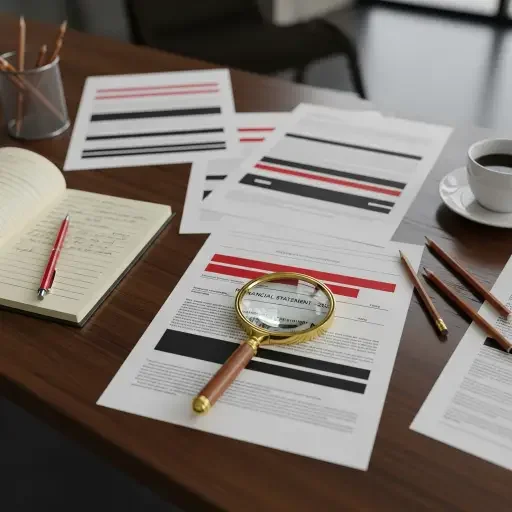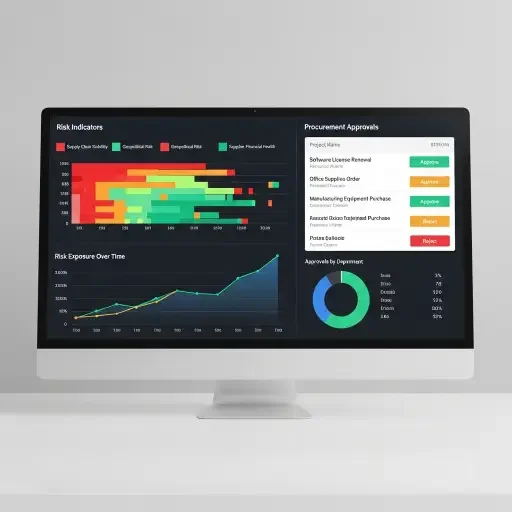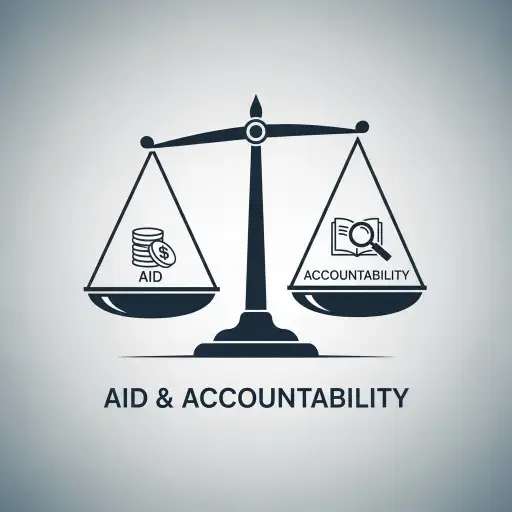The moral economy of aid hinges on trust. When a $100 million scandal surfaces around Ukraine's nuclear agency—allegedly funded by kickbacks that underwrote gilded luxuries and ostentatious indulgences—the seam between generosity and governance rips open. European donors, accustomed to stoic dashboards of aid disbursement and performance metrics, suddenly confront a more primal question: does the architecture of accountability hold, or is it merely ornamental, like a golden seat at the table of power?
This piece follows the thread through five layers of consequence, each a channel in the broader architecture of statecraft: what happened, how it was financed, who kept the records, what it reveals about donor rhetoric, and what lenders and governments will demand next to sustain security aid without enabling corruption.

In the first layer, the facts: a sprawling procurement backend, a cascade of contracts, and a luxury entanglement that would be conspicuous in any sector but is particularly catastrophic when the same machinery funds critical defense-adjacent work. The nuclear agency—charged with safeguarding strategic technology—appears to have funneled a portion of its import spend into questionable channels, ultimately siphoning off resources that should have fortified safety, maintenance, and rapid-response readiness. The precise object that captured headlines—a $100 million golden toilet—reads like a symbol, but the implications run deeper: if even a sliver of aid is diverted, trust erodes, and with it the willingness of European capitals to authorize new batches of critical military assistance.
![]()
Second layer: the money. Kickbacks, if proven, imply a governance failure that spans procurement, oversight, and risk management. The scandal’s optics—the luxury items funded by misappropriated funds—are not merely sensational; they function as an information hazard. For donors, the lesson is not simply “tighten controls.” It is a demand to recalibrate the levers that translate aid into measurable security outcomes without becoming a funnel for corruption. European donors have to ask hard questions about due diligence, real-time auditing, and the independence of watchdog bodies embedded in aid streams. The economic signal is undeniable: the costs of corruption extend beyond numbers on a ledger; they distort incentives, undermine alliance cohesion, and raise the price of strategy itself.

Third layer: the reputation texture. Donor confidence is a non-tacit, market-like commodity in international governance. When allegations swirl about luxurious purchases funded by aid, counterparties—whether private sector vendors or partner governments—recalibrate risk premiums. The ripple effects: procurement timelines stretch; compliance demands become more onerous; and media narratives cohere into a lesson for the public: aid is not simply a humanitarian or strategic act but a long-term contract with transparency as a condition for continued engagement. In this frame, the scandal is not merely about a single toilet but about a credibility story that donors tell themselves about the reliability of the governance ecosystem they support.

Fourth layer: the policy architecture. The Ukraine case intersects with security aid’s governance architecture: how funds are allocated, how performance is measured, and how independent oversight persists amid urgency. If the allegations hold, the policy response will hinge on three pillars: tightened procurement scrutiny with real-time analytics, external audits with cross-border reach, and a reform of procurement incentives that decouple riskier vendors from the cascade of subsidies. It’s not a cosmetic fix. It requires a rethinking of how aid is declared, verified, and enforced across jurisdictions where national interests diverge and where the pace of geopolitical events outstrips traditional compliance cycles.

Fifth layer: the implication for the future of aid. The strategic question is not whether corruption exists, but whether governance systems can absorb and defeat it without paralyzing aid flows. European donors have already signaled that they want faster, smarter aid—more predictive budgeting, more modular disbursements, and more direct accountability lines to civil society and parliament back home. The challenge is to design a system that keeps the temperature high on accountability without turning aid into a moral hazard where donors retreat under the pressure of every scandal. In other words, the test is not whether the golden toilet exists, but whether transparency can outpace temptation.

The conclusion, in the currency of our era: trust is a portfolio, not a one-shot bet. The Golden Toilet episode is a stress test for the architecture of international aid, a reminder that the infrastructure of credibility—independence of oversight, timely audits, and transparent procurement—matters more than any single asset. If European donors want to preserve strategic leverage without surrendering their own ethical boundaries, they must invest in the governance that makes aid reliable in crisis, not merely generous in calm.
In the end, the story’s power lies in its structure. It exposes a risk vector and supplies a design response, entangled and efficient. The reader, like an investor surveying a complex balance sheet, should walk away with a concrete principle: align every euro of aid with a parallel line of accountability, and measure not just outcomes, but the integrity of the process that delivers them.

Sources
Investigations by European auditors, NGO watchdogs, and investigative journalism outlets; official disclosures from Ukraine's nuclear agency; comments from donor governments and security analysts.